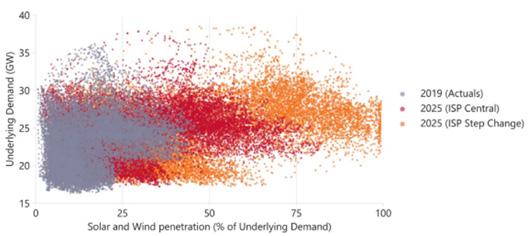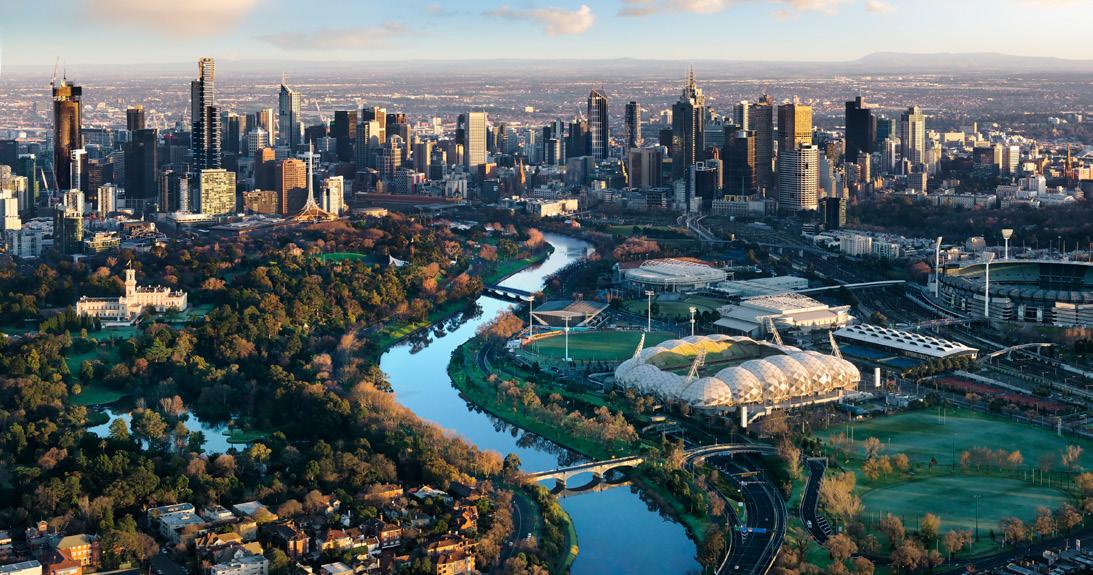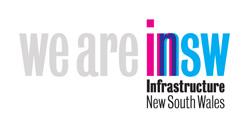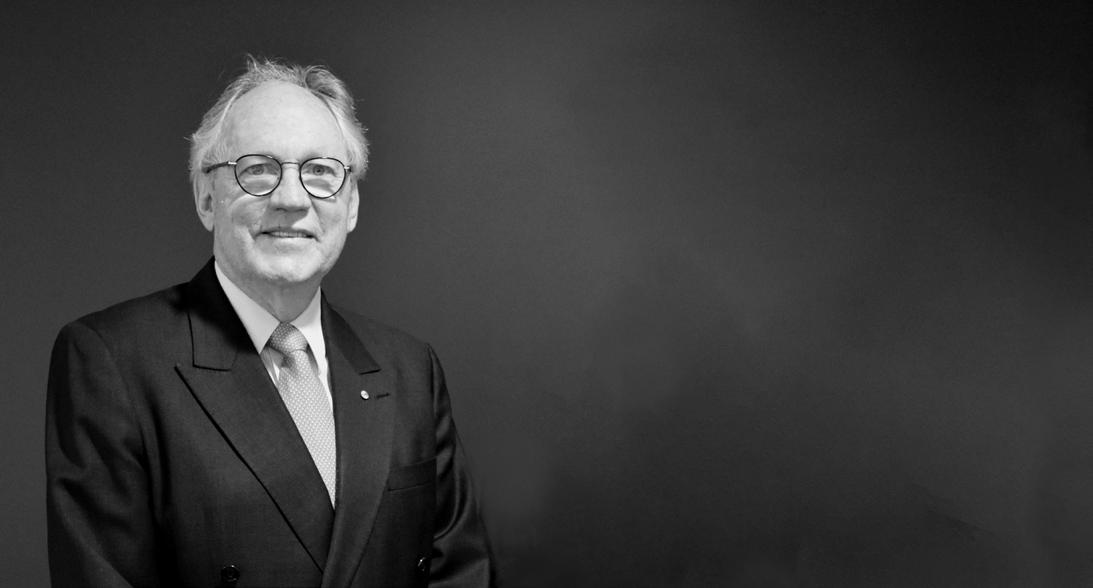
5 minute read
A STRONGER TOMORROW: SPEARHEADING A NEW ERA OF INFRASTRUCTURE PLANNING FOR WESTERN AUSTRALIA
Kate Zappa | Acting Senior Communications Officer, Infrastructure WA
Since its establishment in July 2019, Australia’s newest independent infrastructure agency (‘I-Body) has established a Board, written and published a paper mapping out how it proposes to develop WA’s first 20-year planning blueprint, and travelled the state learning about different regions’ and industries’ infrastructure priorities.
Embracing the “enormous appetite for change” has been key to Infrastructure WA (IWA)’s success according to its Chairperson, John Langoulant AO.
IWA’S ROLE AND REMIT

IWA’s establishment was intended to enhance transparency on infrastructure matters, improve the planning process and quality of business cases being prepared in Western Australia, build greater certainty and confidence among private sector investors, and support jobs growth in the state.
Under the Infrastructure Western Australia Act 2019 (IWA Act), IWA is tasked with preparing a 20-year State Infrastructure Strategy at least every five years. It will also coordinate Western Australian submissions to Infrastructure Australia, provide advice to the WA Premier on infrastructure priorities, funding and financing, and provide advice and assistance to state government agencies and Government Trading Enterprises. It will also assess major infrastructure proposals and provide advice to the government prior to investment decisions being made.
The IWA Board, comprising six representatives from the private sector along with four Directors General from key state government agencies, reports directly to the WA Premier.
MAPPING OUT THE ROUTE TO SUCCESS

As the State Infrastructure Strategy will serve as the foundation for IWA’s advice to the Western Australian Government, IWA’s Board and staff recognised the need to secure input from as many of its stakeholders as possible prior to its development.
“Having consulted with other I-Bodies, we understood the value that could be gained by mapping out the way we thought developing a Strategy would work best, using it as a means for robust discussion,” said Mr Langoulant.
This document made it clear that the Strategy would focus on both infrastructure projects and programs as well as nonbuild solutions such as policy, regulatory, pricing, technology, procurement, skills, and governance reforms.
The IWA Chairperson explained that IWA would focus primarily on “proposals and issues of strategic or significant nature and larger-scale projects and programs”.
A TOP-DOWN, BOTTOM-UP APPROACH
IWA is proposing to take a hybrid approach when developing this first Strategy, focusing on a predominately bottom-up assessment for its recommendations for the next five to ten years, and a largely strategic top-down assessment over the 11 to 20-year period.
A baseline assessment of existing and planned infrastructure, as well as information supplied by government, industry and the community, will be used to inform the Strategy. Scenario planning will also be used to help assess how future changes could impact long-term infrastructure needs and outcomes.
IWA has also set out ten draft objectives that relate to areas it could focus on when developing its Strategy. These include objectives such as:
supporting a strong, resilient and diversified economy,
maximising regional strengths to unlock strategic opportunities for Western Australia
addressing climate change and increasing resilience, and
embracing technology, data and digital connectivity.
STARTING THE CONVERSATION
“It was really critical that IWA was able to hear from those stakeholders who rely on the state’s infrastructure for their wellbeing and prosperity and the quality of the conversations we’ve had since the Discussion Paper was released have been really quite remarkable,” Mr Langoulant said.
Easing restrictions in Western Australia meant that IWA was able to visit all ten Western Australian regions across July and August 2020. In total, IWA hosted 15 half-day workshops with more than 450 participants. This has enabled the IWA team to take a deeper dive into localised perspectives and priorities.
“While there were recurrent themes – particularly in relation to things such as digital connectivity, security of water supply, and transport – we also heard about regional and sectoral challenges and solutions,” Mr Langoulant said. FOR MORE INFORMATION PLEASE CONTACT “Given the backdrop of uncertainty created by the COVID-19 pandemic, we were impressed to see so many people really moving beyond short-term timeframes to think about the issues that we need to address over the next ten to 20 years,” he added.
NEXT STEPS
Although the formal consultation period for the Discussion Paper concluded at the end of August 2020, IWA’s program of engagement is ongoing and will continue to shape the recommendations contained within its first draft of the Strategy.
IWA will continue to test its approach and recommendations via a working group with key state government agencies, an external reference group comprising industry leaders, and an expert panel.
IWA is working to publish its draft State Infrastructure Strategy in mid-2021.

A NEW CEO AT THE HELM
IWA’s Chief Executive Officer, Phil Helberg, commenced his appointment in August 2020.
With more than 25 years of local and international experience in planning, delivery and management of infrastructure in both the public and private sectors and as a former Deputy Director General at the Western Australian Department of Finance, Phil led the delivery of the state’s non-residential building program in excess of $1 billion in value, while driving significant sector-wide
reforms in infrastructure planning and development.
Philip Helberg
Chief Executive Officer, Infrastructure WA E: enquiries@infrastructure.wa.gov.au
Advising for impact. Developing for the future.
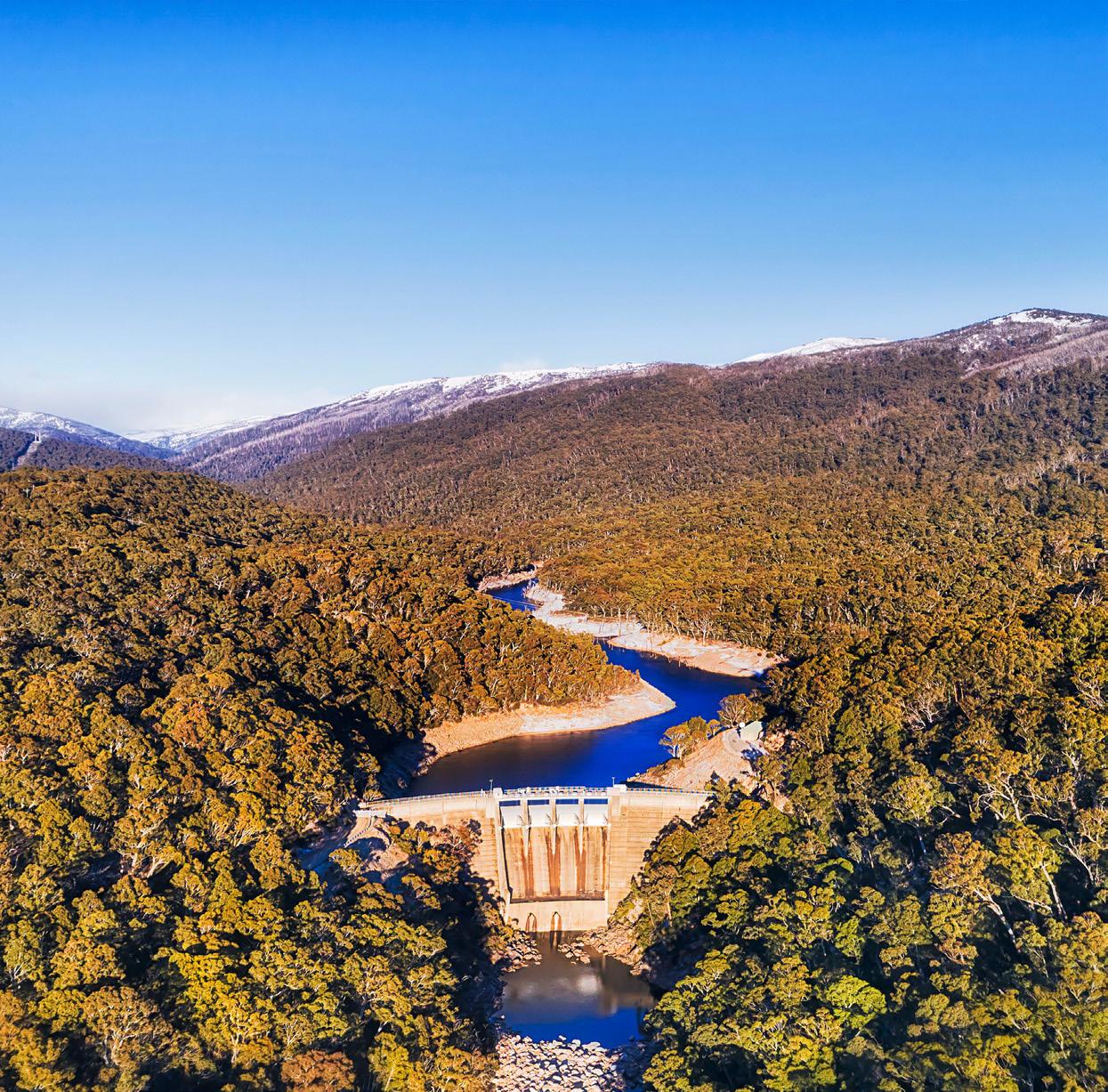
At Macquarie Capital, we’re transforming legacies into future opportunities.
From advising on the expansion of the historic Snowy Mountains Scheme with Snowy 2.0 to the transformative Cross-River Rail Tunnel Stations and Development PPP, we’re delivering landmark results for Australian cities and communities. Awarded World’s Best Investment Bank in Infrastructure at the 2020 Global Finance Awards and Gold Sponsor/Developer of the Year at the Partnerships Awards 2020, we’re enabling opportunity for clients and partners, from origination to execution. For more information please contact: John Pickhaver Head of Infrastructure and Energy and Co-Head of Macquarie Capital, Australia and New Zealand John.Pickhaver@macquarie.com +61 2 8232 5049
Infrastructure Partnerships Australia Suite 3.03, Level 3, 95 Pitt Street Sydney NSW 2000 PO Box R 1771 Royal Exchange, NSW 1225 infrastructure.org.au




